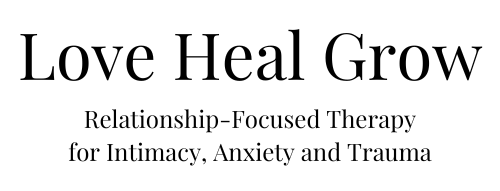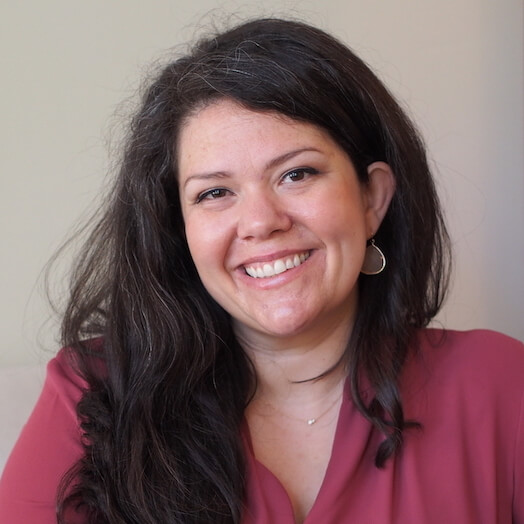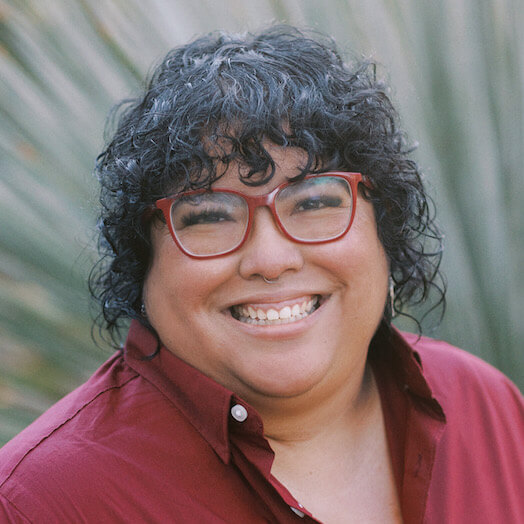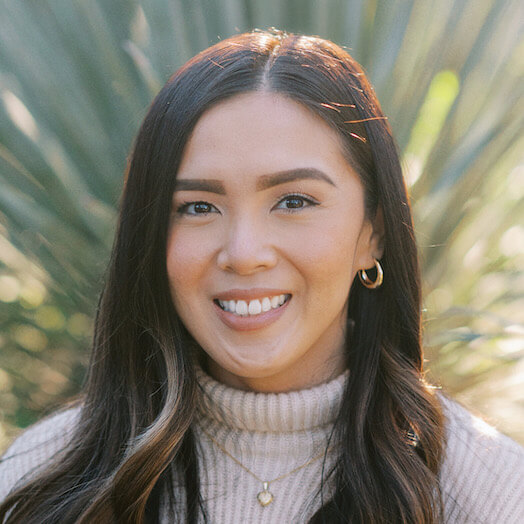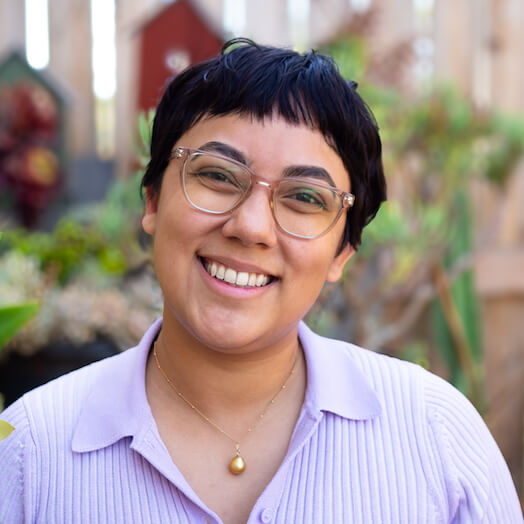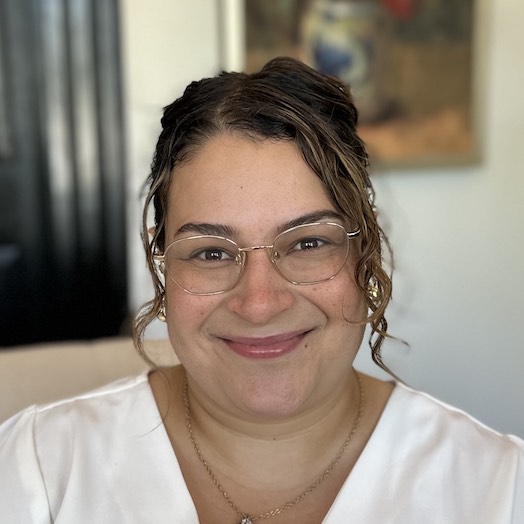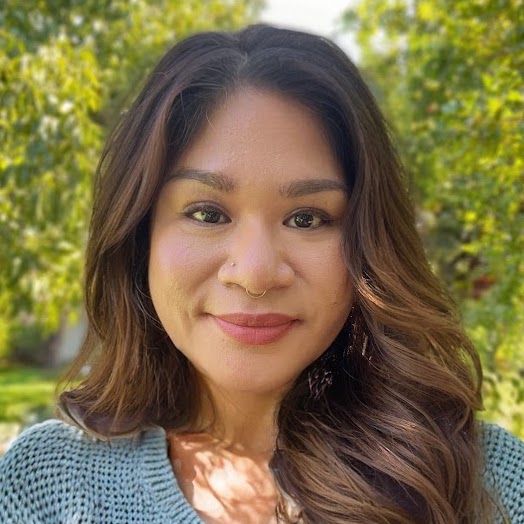
Moving from monogamy to consensual non-monogamy is a big shift. It comes with emotional complexity and new communication challenges that need extensive discussions beforehand. Before taking any steps to open your relationship, it’s important to slow down and ask some thoughtful questions.
They’re not a checklist for “permission,” but rather a roadmap to help you and your partner(s) move with clarity and mutual respect. Here are some of the most important questions to reflect on together, and possibly with the help of a poly-aware couples therapist.
Why do we want to open up our relationship?
Understanding the “why” behind your decision is a key first step. Are you seeking more sexual variety? Wanting to connect with others emotionally? Hoping to meet a specific unmet need?
Opening up a relationship can sometimes be used as a way to avoid confronting issues within the existing partnership. These might include mismatched libidos, unaddressed resentments, or fading emotional intimacy. It’s okay to want more, but it’s important to distinguish between expanding the relationship and escaping your problems.
What are our core values around love, sex, and commitment?
Polyamory challenges mainstream ideas about what it means to be exclusively intimate. Each person may have different views about what “counts” as intimacy, what makes a relationship meaningful, and what kinds of commitments feel most important.
Clarifying your shared and individual values can help you build a non-monogamous framework that feels authentic rather than reactive or rule-based. It can also reduce conflict down the road when you and your partner’s needs change.
How will we handle jealousy and insecurity?
Jealousy is normal and doesn’t mean something is “wrong.” In fact, it can be a signal that points to deeper needs, like a desire for reassurance, attention, or feeling special.
Rather than trying to eliminate jealousy entirely, talk about how you’ll respond to it. What helps each of you feel secure? What emotional tools do you already use when difficult feelings arise? Are you both open to doing emotional labor not only for yourselves, but for each other?
Which boundaries feel most useful right now?
Every open relationship looks different, and many start with a set of agreements that can evolve over time. Some couples begin with only dating others together. Others agree to only have casual sex outside the relationship, or to keep emotional entanglements to a minimum.
Agreements aren’t about control; they’re how you collaborate. Talk about what each of you needs in order to feel safe and respected. This might include things like how much detail to share about other partners, safer sex practices, or how you’ll prioritize time together.
How will we manage our time and emotional energy?
Polyamory usually involves a logistical learning curve. You’ll be surprised by how quickly calendars fill up, or how emotionally taxing it can be to juggle multiple connections.
Discuss how you’ll protect quality time with each other. How will you signal when one of you is feeling overwhelmed or needs a pause? Are you both comfortable communicating your needs before burnout sets in?
Are we willing to learn (and make mistakes along the way)?
No relationship structure is perfect, and polyamory isn’t immune to missteps. The question isn’t whether you’ll go through difficulties; it’s whether you’re both committed to learning from them.
Adopting a growth mindset, staying emotionally curious, and avoiding defensiveness when communicating can go a long way. Try reading books together, attending workshops, or working with a therapist who understands polyamory.
Getting clarity
When it’s done thoughtfully, opening up your relationship can expand your definitions of love and intimacy. If you’re curious about taking this step, you don’t have to figure it all out alone. By contacting a polyamorous-friendly therapist, you can learn to better navigate this transition. Whether you decide to open up or not, the conversations you have now can make a difference.
